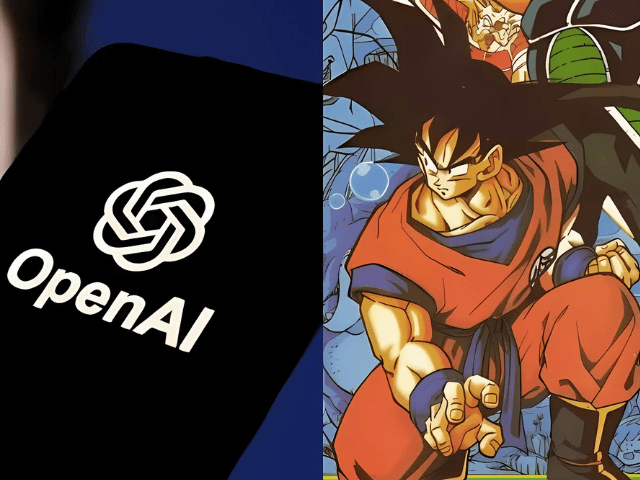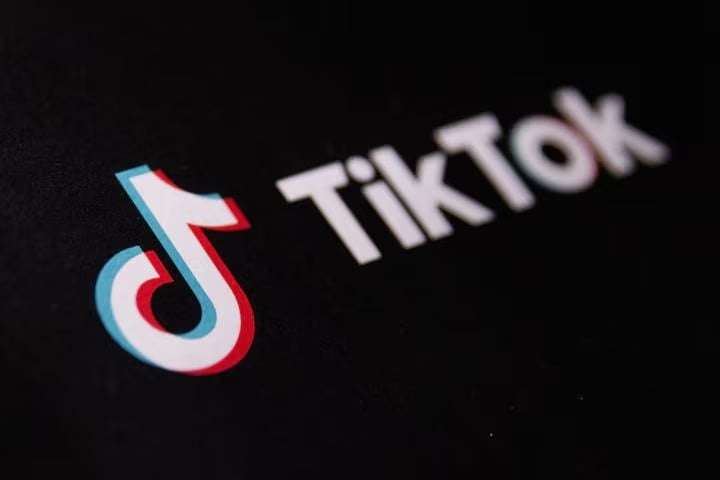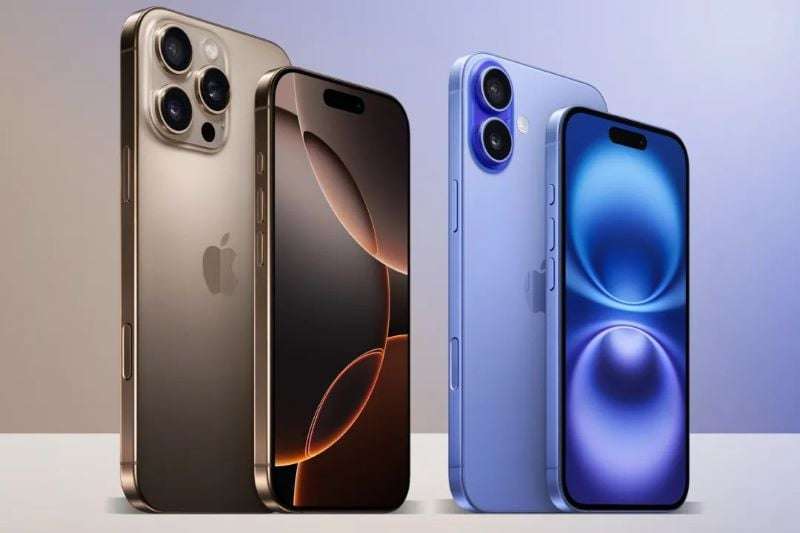Introduction
ByteDance, the parent company of TikTok, has officially launched Goku AI, an advanced artificial intelligence model focused on image and video generation. This move intensifies competition in the AI sector, particularly challenging OpenAI’s dominance. The introduction of Goku AI highlights China’s increasing role in AI innovation and raises significant discussions around global regulation, accessibility, and geopolitical strategy.
The Rise of Goku AI: Features and Capabilities
Advanced AI Model for High-Quality Visual Generation
Goku AI utilizes Rectified Flow Transformers, a cutting-edge AI architecture that enhances information flow during the generation process. This results in smoother, more accurate visuals that outperform many existing models in terms of realism and detail.
Unlike traditional AI models, which often generate images and videos with visible glitches or distortions, Goku AI refines digital brushstrokes, improving overall quality. Its text-to-image and text-to-video generation capabilities make it a strong rival to OpenAI’s Sora.
The Strategic Implications of Goku AI
Open-Source AI: Disrupting Traditional AI Models
One of Goku AI’s defining aspects is its open-source nature, aligning it with models like Meta’s Llama and DeepSeek. This makes it more accessible to startups and businesses worldwide but also raises new concerns for AI regulation.
Unlike proprietary AI models, open-source AI cannot be easily restricted by trade barriers or government policies. This could make regulatory enforcement more challenging, especially for U.S. authorities seeking to limit China’s technological expansion.
AI expert Lutz Finger, a faculty member at Cornell, stated: “Having the best AI model is no longer enough. Goku AI proves that adaptability and application are now the key factors for success.”
China’s AI Boom and the Shift in Global Leadership
The launch of Goku AI is yet another step in China’s rapid investment in AI development. As Chinese firms continue to evolve, their AI models are becoming increasingly competitive with those of the West. ByteDance’s latest initiative underscores a significant shift away from U.S. dominance in the artificial intelligence sector.
Business Applications and Market Impact
Transforming Content Creation and Marketing
Goku AI is expected to revolutionize digital content production. The model can generate high-quality images, graphics, and videos at an unprecedented scale, reducing production costs for media companies, advertisers, and digital marketers.
Businesses will need to shift their focus from simply generating content to strategically selecting, refining, and deploying AI-generated materials.
AI expert Finger explains: “Creative directors don’t struggle with generating ideas anymore—the real challenge is choosing the best one and executing effectively.”
Integrating AI Across Industries
To fully capitalize on AI’s potential, businesses must adopt AI literacy at all levels. From marketing to customer service, AI will play a critical role in enhancing productivity, automation, and decision-making.
The Deepfake Dilemma and Ethical Concerns
Increased Risks of Misinformation
As AI-generated content becomes more realistic, concerns over deepfake technology, identity theft, and misinformation are escalating.
With tools like Goku AI making it easier to create hyper-realistic fake videos, experts warn of rising threats to political integrity, media reliability, and personal security.
Finger emphasizes: “With AI like Goku, deepfakes will become harder to detect. Our best defense is improving AI literacy and investing in detection technology.”
Geopolitical Impact and the Future of AI Regulation
U.S.-China Tech Rivalry Intensifies
The launch of Goku AI complicates the U.S. government’s strategy to control access to advanced AI technology. With China’s increasing influence in AI, regulating open-source models like Goku AI presents a major challenge.
At the same time, OpenAI faces its own challenges, including Elon Musk’s recent legal disputes and internal disagreements over AI governance. As the competition heats up, AI leadership will be determined by who can deploy AI effectively across industries, not just who builds the most advanced models.
Conclusion
Goku AI represents more than just another AI model—it is a symbol of China’s growing power in artificial intelligence. Whether it will reshape the AI market, disrupt global regulations, or further intensify geopolitical tensions remains to be seen. However, one thing is clear: the AI race is accelerating, and ByteDance is now a key player in the game.
Frequently Asked Questions (FAQs)
1. What is Goku AI?
Goku AI is ByteDance’s latest artificial intelligence model, specializing in image and video generation. It uses advanced Rectified Flow Transformers to produce high-quality visuals with fewer distortions.
2. How does Goku AI compare to OpenAI’s models?
Goku AI competes directly with OpenAI’s Sora, offering similar text-to-video and image-generation capabilities. However, it differentiates itself by being open-source, making it more accessible to developers and businesses worldwide.
3. What are the main business applications of Goku AI?
Goku AI can be used for content creation, marketing, digital media, advertising, and automation. It significantly reduces the cost of generating high-quality visuals and videos for businesses.
4. Are there any ethical concerns with Goku AI?
Yes. Experts warn that AI models like Goku AI could increase misinformation, deepfake risks, and identity theft. This has led to calls for improved AI regulation and detection technology.
5. How does the U.S.-China AI rivalry affect Goku AI’s impact?
Goku AI’s launch highlights China’s growing influence in AI. Since it is open-source, it cannot be easily regulated by trade barriers, making it harder for the U.S. to control AI advancements from China.



